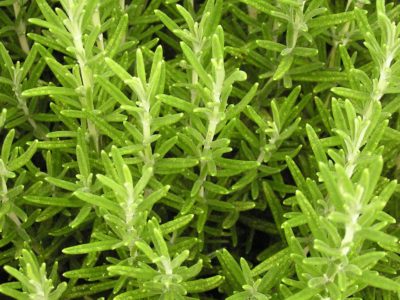This herb is one of the world’s more famous! This evergreen herb with pointed, needle-like leaves is native to the Mediterranean, where it has been cultivated since before the Greek times. There are many variations of rosemary, which are most commonly distinguished by their flower color (did you know that rosemary has beautiful little flowers that are white, pink, purple, or blue?!). Like many herbs, rosemary has been used both in the culinary and medical realms for many years! It has been used to improve memory, digestion, and reduce inflammation in traditional medicine. I love using rosemary’s aromatic and bitter flavor to complement my dishes, savory and sweet! Some of my favorite recipes are my Beef Tongue with Rosemary Mustard Reduction and Herbed Chicken Savory Crepes with Wild Mushroom “Cream Sauce.”
When you opt for fresh rosemary (compared to the dried spice), you get some additional nutrition in your meal. While you aren’t likely to get much by way of vitamins and minerals, rosemary is a source of phytochemicals! Some of the phytochemicals in rosemary include rosmarinic acid, caffeic acid, carnosic acid. If you aren’t sure why you should prioritize phytochemicals, check out my post The Amazing World of Plant Phytochemicals.
Rosemary is an evergreen, which means that you can grow your own in most climates and keep it year-round! But, if you don’t have the time or space for an herb garden, you can pick up fresh rosemary in the vegetable section of your grocery store or dried rosemary in the baking aisle.


 Turnips
Turnips